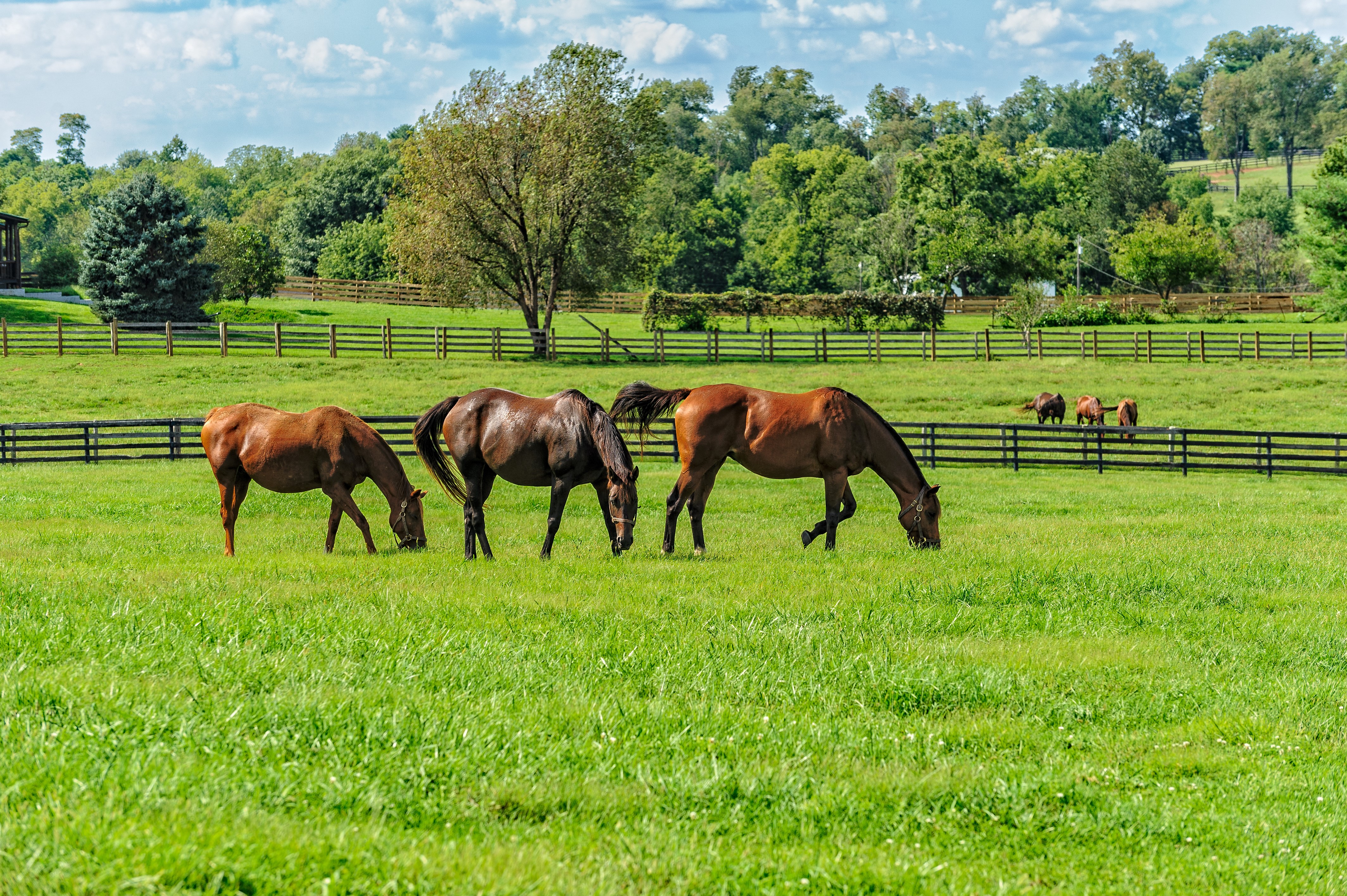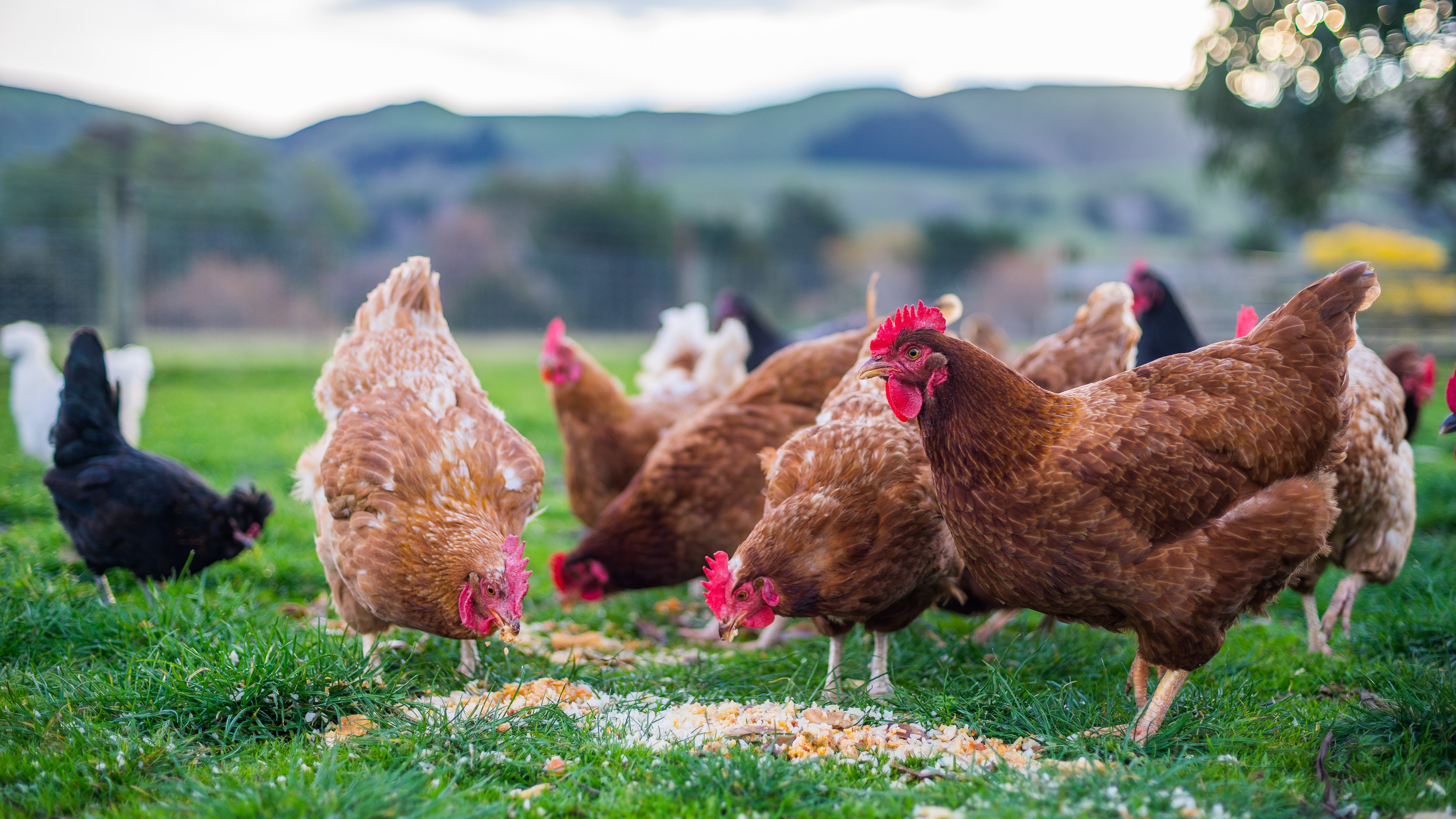Animal Health Surveillance: An Introduction
Introduction
Animal Health Surveillance (AHS) is the collection, analysis, interpretation and dissemination of information on animal health. It aids policy and decision making, and is a key tool in optimizing the health status of our national herd, and in maintaining and increasing our share of export markets. Animal diseases and chemical hazards can have disastrous economic consequences for the livestock industry, and are very real threats. Surveillance aims to limit the negative impacts of these threats through the early detection of such risks.
Globalisation has resulted in the increased movement of people, animals and animals by products all across the world. This movement is achieved in much shorter transit times than was previously possible. Animal diseases do not stop at national borders, consequently increased movements coupled with changing farming practices mean that it is inevitable that there will be new diseases seen in parts of the world where they have never been seen before. Many of these diseases pose a threat not only to animal health but also to human health. It was from this context that the concept of Animal Health Surveillance grew.
Apart from the risks associated with new or exotic disease, endemic diseases such as liver fluke and mastitis limit production and impose an ongoing economic burden of farmers. Healthy animals are more efficient at transforming inputs into food outputs, thus maximising profitability, supporting competiveness and reducing the need for antimicrobials. Surveillance is a key factor in facilitating an elevated health status thereby ensuring that farmers can get the maximum economic output from their animals.
Surveillance in Ireland
Surveillance can be broadly categorised into two headings, active surveillance and passive surveillance. Active surveillance is when a specific risk is targeted within a specific population. A good example of this is the BVD eradication scheme. The specific risk targeted is BVD, while the specific population is the National cattle herd. Passive surveillance on the other hand is much broader and does not focus on one specific disease. It involves the reporting of new or unusual conditions by farmers, private veterinary practitioners and others. It was this type of surveillance that ultimately led to the discovery of BSE in the UK in the 1980’s, as a significant number of farmers began reporting unusual symptoms and behavior in cows
In Ireland the Department of Agriculture, Food and the Marine (DAFM) is responsible for the bulk of the active surveillance activities. The BSE, Brucellosis, bovine TB and Aujeskeys eradication schemes are all examples of DAFM run active surveillance programmes. While the BVD eradication programme is an active surveillance programme managed by AHI. AHI is also involved in passive surveillance through the Beef Health Check programme. Further passive surveillance is carried out by DAFM in the Regional Veterinary Laboratories (RVL). Carcasses, blood samples, scour samples; swabs etc are all tested in these locations. The quality of the samples submitted to the RVLs greatly affects the quality of the information that is gained from the sample. Farmers and Private Veterinary Practitioners play a key role in AHS. They are the first line of defence in the face of an outbreak of an exotic or emerging disease. A surveillance system cannot function correctly without their participation and cooperation The Marine Institute, Teagasc and the UCD School of Veterinary Medicine also play an important role in AHS.
Benefits of Surveillance
Reduced disease levels, and the ability to prove freedom from specific disease benefits both farmers and the public
Benefits to farmers
-
Less morbidity and mortality
-
Less antimicrobial use
-
Less production losses
-
More efficient use of resources and greater profitability
Public Benefits
-
Increased agricultural exports improve the economic well being of the country, particularly in rural areas
-
Increased investor confidence in the Agri-Food sector
-
Increased consumer confidence in food safety systems
-
Reduced CO2 emissions by increasing efficiency of animals
What can you do to help?
-
Contact your vet or Regional Veterinary Office if you notice any strange or unusual symptoms in any of your animals
-
Send dead animals for post mortem if advised to do so by your vet
-
Report any suspicions of a notifiable disease to your Regional Veterinary Office
-
Keep good on farm records
-
Follow disease and animal health related advice issued by the Dept of Agriculture, Food and the Marine






